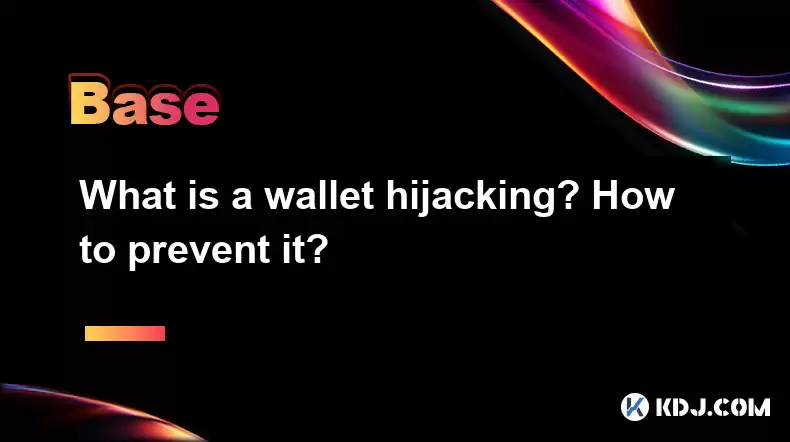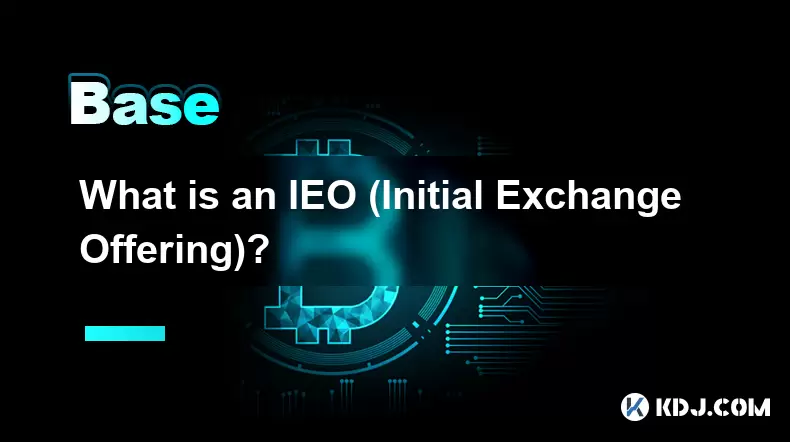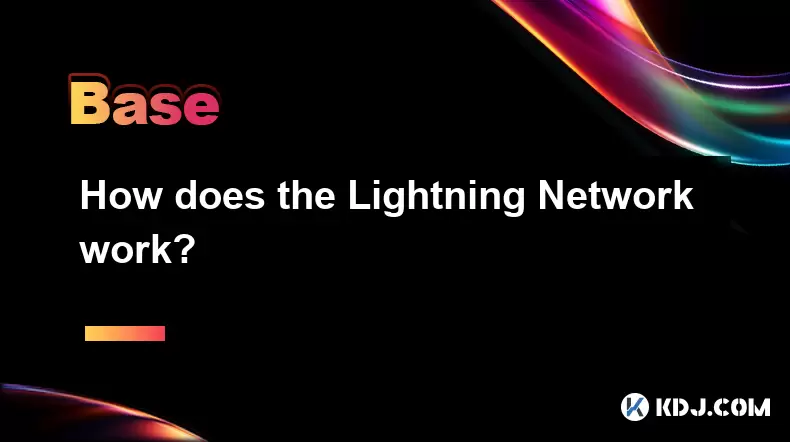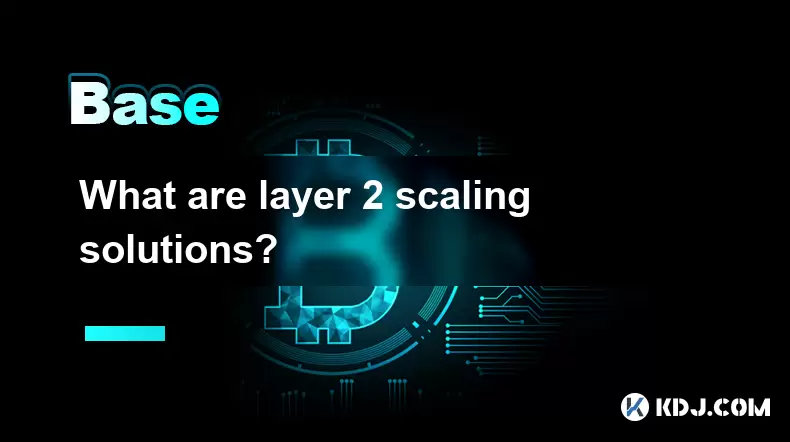-
 Bitcoin
Bitcoin $116800
0.71% -
 Ethereum
Ethereum $4211
6.94% -
 XRP
XRP $3.276
1.68% -
 Tether USDt
Tether USDt $1.000
0.02% -
 BNB
BNB $807.0
3.00% -
 Solana
Solana $180.5
3.24% -
 USDC
USDC $0.9999
0.01% -
 Dogecoin
Dogecoin $0.2406
9.02% -
 TRON
TRON $0.3357
-1.10% -
 Cardano
Cardano $0.8047
3.16% -
 Hyperliquid
Hyperliquid $43.81
7.97% -
 Chainlink
Chainlink $21.08
10.16% -
 Stellar
Stellar $0.4506
1.97% -
 Sui
Sui $3.916
4.69% -
 Bitcoin Cash
Bitcoin Cash $568.3
-1.85% -
 Hedera
Hedera $0.2628
2.48% -
 Avalanche
Avalanche $24.17
4.54% -
 Ethena USDe
Ethena USDe $1.001
0.03% -
 Litecoin
Litecoin $121.4
0.35% -
 Toncoin
Toncoin $3.408
2.28% -
 UNUS SED LEO
UNUS SED LEO $8.978
-0.08% -
 Shiba Inu
Shiba Inu $0.00001376
7.59% -
 Uniswap
Uniswap $10.86
2.94% -
 Polkadot
Polkadot $4.079
5.33% -
 Dai
Dai $1.000
0.02% -
 Pepe
Pepe $0.00001231
10.28% -
 Bitget Token
Bitget Token $4.502
0.79% -
 Cronos
Cronos $0.1576
3.63% -
 Monero
Monero $271.1
0.48% -
 Ethena
Ethena $0.7336
18.38%
What is a wallet hijacking? How to prevent it?
Cryptocurrency wallet hijacking, achieved through phishing, malware, or software vulnerabilities, necessitates a multi-layered security approach including strong passwords, 2FA, reputable software, and awareness of phishing attempts to protect digital assets.
Mar 06, 2025 at 08:36 pm

Key Points:
- Wallet hijacking is the unauthorized access and control of a cryptocurrency wallet by a malicious actor.
- This can involve various methods, including phishing, malware, and exploiting vulnerabilities in wallet software or exchanges.
- Prevention relies on a multi-layered approach encompassing strong security practices, careful software selection, and awareness of common attack vectors.
What is a Wallet Hijacking?
Wallet hijacking refers to the malicious takeover of a cryptocurrency wallet, granting unauthorized access to the funds stored within. This is a serious security breach, potentially resulting in the complete loss of your digital assets. Hackers employ various techniques to achieve this, exploiting weaknesses in security protocols or tricking users into compromising their own security. The consequences can be devastating, ranging from partial to total loss of cryptocurrency holdings.
How Hackers Hijack Wallets
Several methods exist for hackers to gain control of cryptocurrency wallets. These methods often exploit human error or vulnerabilities in software and systems. Understanding these methods is crucial for effective prevention.
- Phishing: This involves deceptive emails, messages, or websites designed to trick users into revealing their private keys or seed phrases. These fraudulent communications often mimic legitimate entities, creating a sense of urgency or trust.
- Malware: Malicious software can secretly install itself on a user's computer or mobile device, monitoring keystrokes, stealing login credentials, and even capturing screenshots to gain access to wallet information.
- Software Vulnerabilities: Exploiting weaknesses in wallet software or exchange platforms can allow hackers to directly access user wallets. This often involves sophisticated techniques targeting security flaws.
- Hardware Wallet Compromises: Even hardware wallets, generally considered more secure, are vulnerable if physical security is compromised or if the device's firmware contains exploitable vulnerabilities.
Preventing Wallet Hijacking: A Multi-Layered Approach
Protecting your cryptocurrency requires a comprehensive strategy encompassing multiple layers of security. No single measure guarantees complete protection, but a combination of techniques significantly reduces the risk.
- Strong Passwords and Seed Phrases: Use long, complex, and unique passwords for all accounts, and never share your seed phrase with anyone. Store your seed phrase securely offline, ideally using multiple physical backups in separate locations.
- Software Security: Only use reputable and well-reviewed wallet software and exchanges. Keep your software updated to the latest version, as updates often include security patches. Avoid using untrusted or open-source wallets without thorough vetting.
- Two-Factor Authentication (2FA): Enable 2FA wherever possible. This adds an extra layer of security by requiring a second verification method, such as a code sent to your phone or email, in addition to your password.
- Antivirus and Firewall: Install and maintain up-to-date antivirus software and a firewall on all devices used to access your cryptocurrency wallets. Regularly scan your devices for malware and other threats.
- Secure Internet Connection: Avoid using public Wi-Fi networks to access your cryptocurrency wallets, as these networks are more vulnerable to hacking. Use a VPN for enhanced security when using public Wi-Fi.
- Regularly Backup Your Wallet: Create regular backups of your wallet data, storing them securely offline. This helps recover your funds in case of a compromise.
Specific Measures for Different Wallet Types
The security measures vary depending on the type of wallet used.
- Software Wallets: These wallets require extra caution, as they are more susceptible to malware and phishing attacks. Prioritize strong passwords, 2FA, and regular software updates.
- Hardware Wallets: These are considered the most secure option, offering better protection against malware. However, physical security remains crucial. Protect your hardware wallet from physical theft or damage.
- Exchange Wallets: While convenient, exchange wallets are not ideal for long-term storage, as they are controlled by the exchange and are potentially vulnerable to exchange hacks.
Recognizing and Avoiding Phishing Attempts
Phishing attempts often appear legitimate. Here are some red flags:
- Suspicious Links: Be wary of links in emails or messages that seem out of place or don't match the expected sender. Always verify the legitimacy of a link before clicking.
- Urgent Requests: Phishing attempts often create a sense of urgency, pressuring you to act quickly without thinking.
- Grammar and Spelling Errors: Legitimate organizations rarely make significant grammar or spelling errors in their communications.
- Unexpected Emails: Be cautious of emails from unknown senders requesting personal information or login credentials.
Common Questions and Answers:
Q: What should I do if my wallet is hijacked?
A: Immediately report the incident to the relevant authorities and the exchange or wallet provider. Change your passwords and security measures. Try to trace the transaction to see where the funds went, and engage in recovery attempts if possible.
Q: Can I recover my funds after a wallet hijacking?
A: Recovery depends on the circumstances and the specific method used in the hijacking. Some cases may allow for fund recovery through tracing or collaboration with authorities, while others may result in irreversible losses.
Q: Are hardware wallets completely safe from hijacking?
A: While hardware wallets offer superior security, they are not immune to hijacking. Physical theft, firmware vulnerabilities, or social engineering can still lead to compromised hardware wallets.
Q: How often should I update my wallet software?
A: Update your wallet software regularly, as soon as updates are released. These updates often include crucial security patches that address vulnerabilities.
Q: Is it safe to use public Wi-Fi to access my cryptocurrency wallet?
A: No, it is highly discouraged to use public Wi-Fi to access your cryptocurrency wallet. Public Wi-Fi networks are vulnerable to hacking, and your wallet information could be intercepted. Use a VPN or avoid accessing your wallet on unsecured networks.
Disclaimer:info@kdj.com
The information provided is not trading advice. kdj.com does not assume any responsibility for any investments made based on the information provided in this article. Cryptocurrencies are highly volatile and it is highly recommended that you invest with caution after thorough research!
If you believe that the content used on this website infringes your copyright, please contact us immediately (info@kdj.com) and we will delete it promptly.
- AI Coin Mania: Dubai Millionaires Eye 20x Gains!
- 2025-08-09 23:10:12
- ChatGPT's Hot Takes: Meme Coins to Buy Now for a Wild 2025!
- 2025-08-09 23:10:12
- Jurassic Park Vibes in Your Pocket: The Colourful Canadian Coin Featuring a Dinosaur Eye
- 2025-08-09 23:50:12
- Altcoins on the Radar: VeChain, Ethereum, and the Shifting Crypto Landscape
- 2025-08-09 23:50:12
- Crypto Airdrops & Opportunities: What's Hot in August 2025
- 2025-08-09 22:30:12
- XRP, Cardano, and the Alluring Alternatives: A 2025 Crypto Landscape
- 2025-08-09 22:35:12
Related knowledge

What happens if I forget my crypto wallet password?
Aug 09,2025 at 08:50am
Understanding the Role of a Crypto Wallet PasswordA crypto wallet password serves as a critical security layer that protects access to your digital as...

Can you reuse a crypto wallet address?
Aug 08,2025 at 03:49pm
Understanding Wallet Addresses in CryptocurrencyA crypto wallet address is a unique identifier used to send and receive digital assets on a blockchain...

What is an IEO (Initial Exchange Offering)?
Aug 09,2025 at 06:22am
Understanding the Concept of IEO (Initial Exchange Offering)An Initial Exchange Offering (IEO) is a fundraising method used by blockchain-based projec...

Are meme coins a good investment?
Aug 08,2025 at 11:36pm
Understanding Meme Coins and Their OriginsMeme coins are a category of cryptocurrencies that originated from internet humor or viral trends rather tha...

How does the Lightning Network work?
Aug 09,2025 at 07:15pm
What Is the Lightning Network?The Lightning Network is a second-layer scaling solution built on top of blockchain networks, primarily Bitcoin, designe...

What are layer 2 scaling solutions?
Aug 09,2025 at 04:07am
Understanding Layer 2 Scaling Solutions in CryptocurrencyIn the world of blockchain and cryptocurrencies, scalability has long been a pressing challen...

What happens if I forget my crypto wallet password?
Aug 09,2025 at 08:50am
Understanding the Role of a Crypto Wallet PasswordA crypto wallet password serves as a critical security layer that protects access to your digital as...

Can you reuse a crypto wallet address?
Aug 08,2025 at 03:49pm
Understanding Wallet Addresses in CryptocurrencyA crypto wallet address is a unique identifier used to send and receive digital assets on a blockchain...

What is an IEO (Initial Exchange Offering)?
Aug 09,2025 at 06:22am
Understanding the Concept of IEO (Initial Exchange Offering)An Initial Exchange Offering (IEO) is a fundraising method used by blockchain-based projec...

Are meme coins a good investment?
Aug 08,2025 at 11:36pm
Understanding Meme Coins and Their OriginsMeme coins are a category of cryptocurrencies that originated from internet humor or viral trends rather tha...

How does the Lightning Network work?
Aug 09,2025 at 07:15pm
What Is the Lightning Network?The Lightning Network is a second-layer scaling solution built on top of blockchain networks, primarily Bitcoin, designe...

What are layer 2 scaling solutions?
Aug 09,2025 at 04:07am
Understanding Layer 2 Scaling Solutions in CryptocurrencyIn the world of blockchain and cryptocurrencies, scalability has long been a pressing challen...
See all articles

























































































